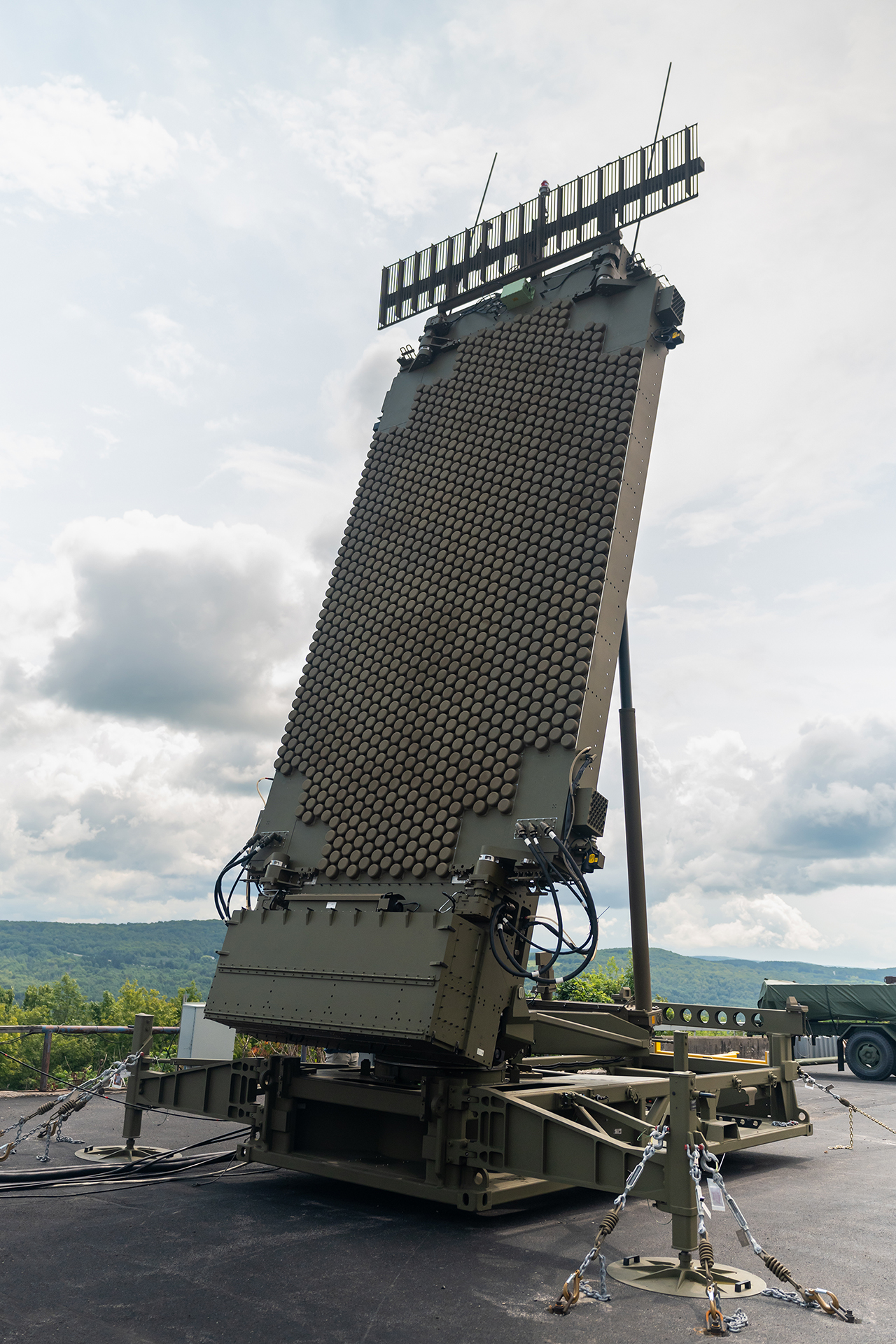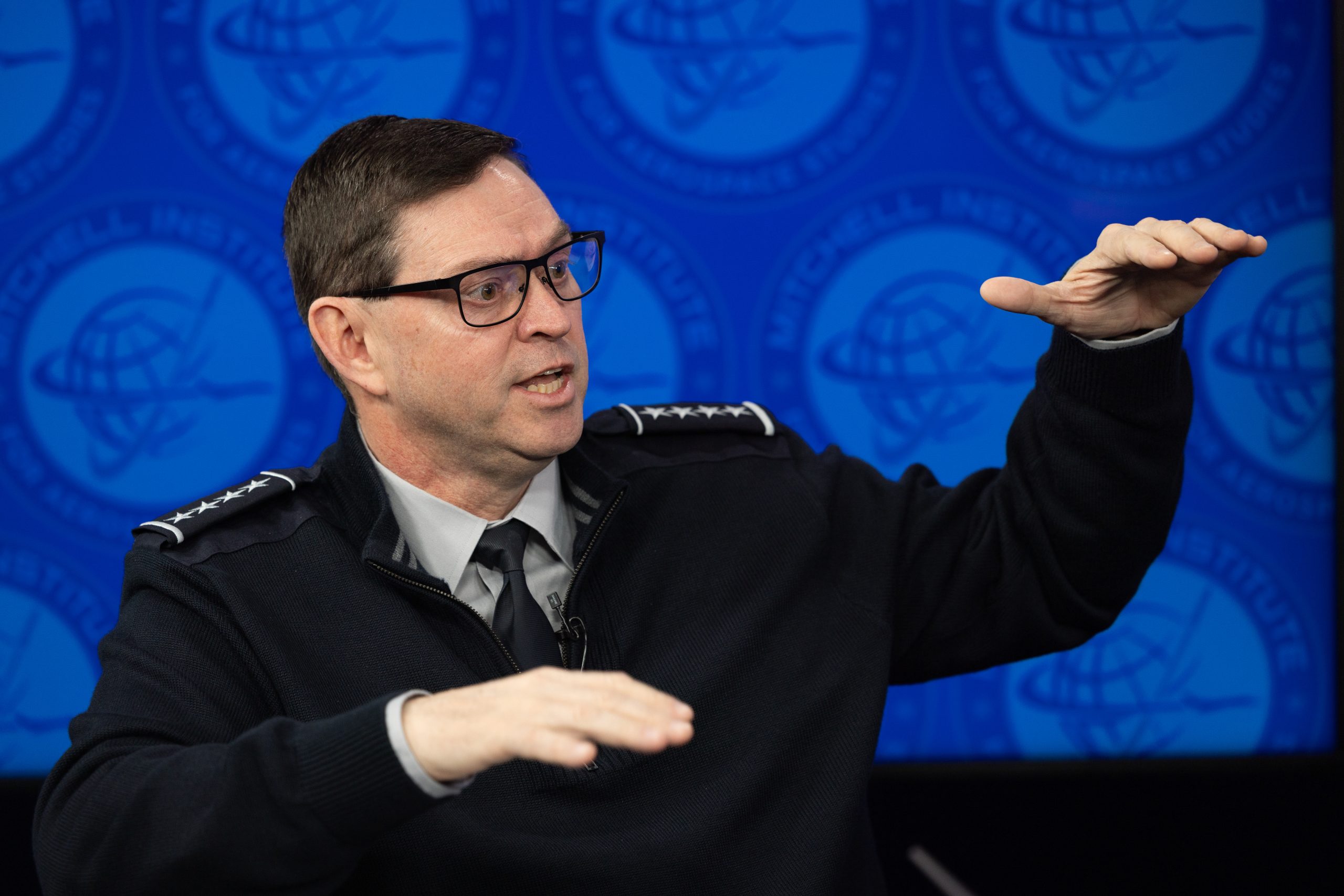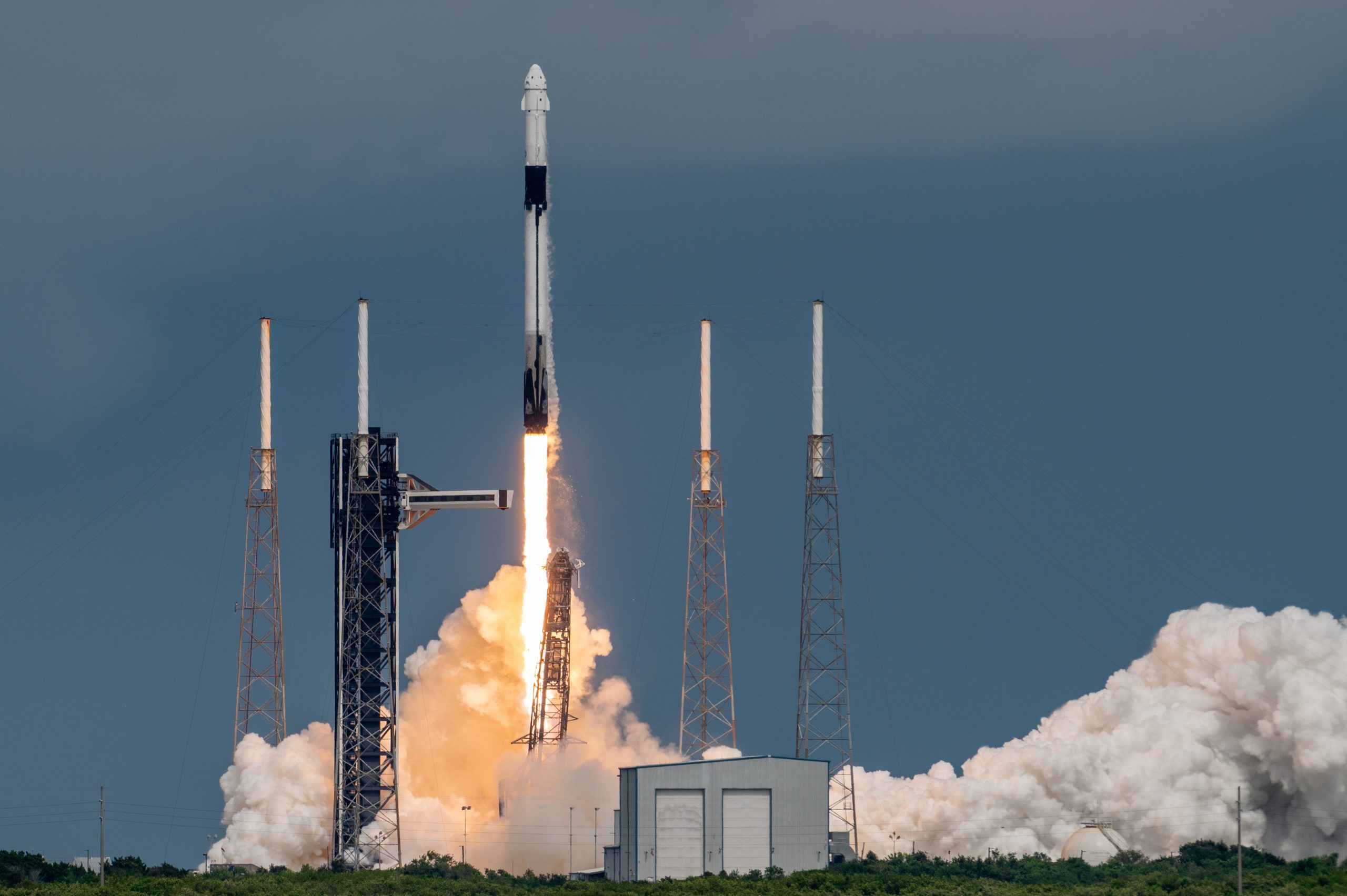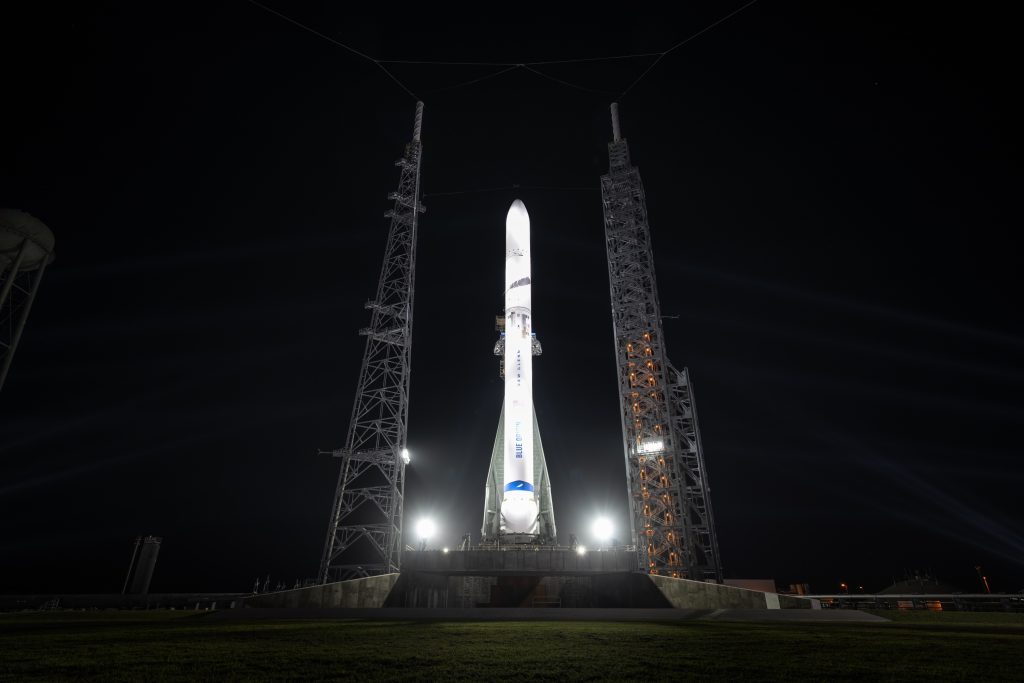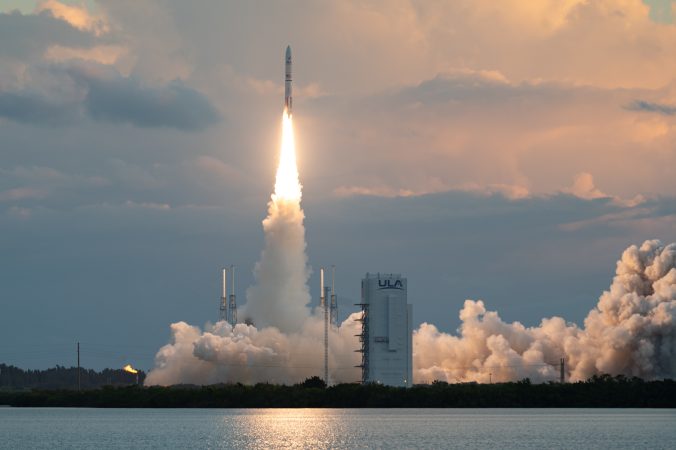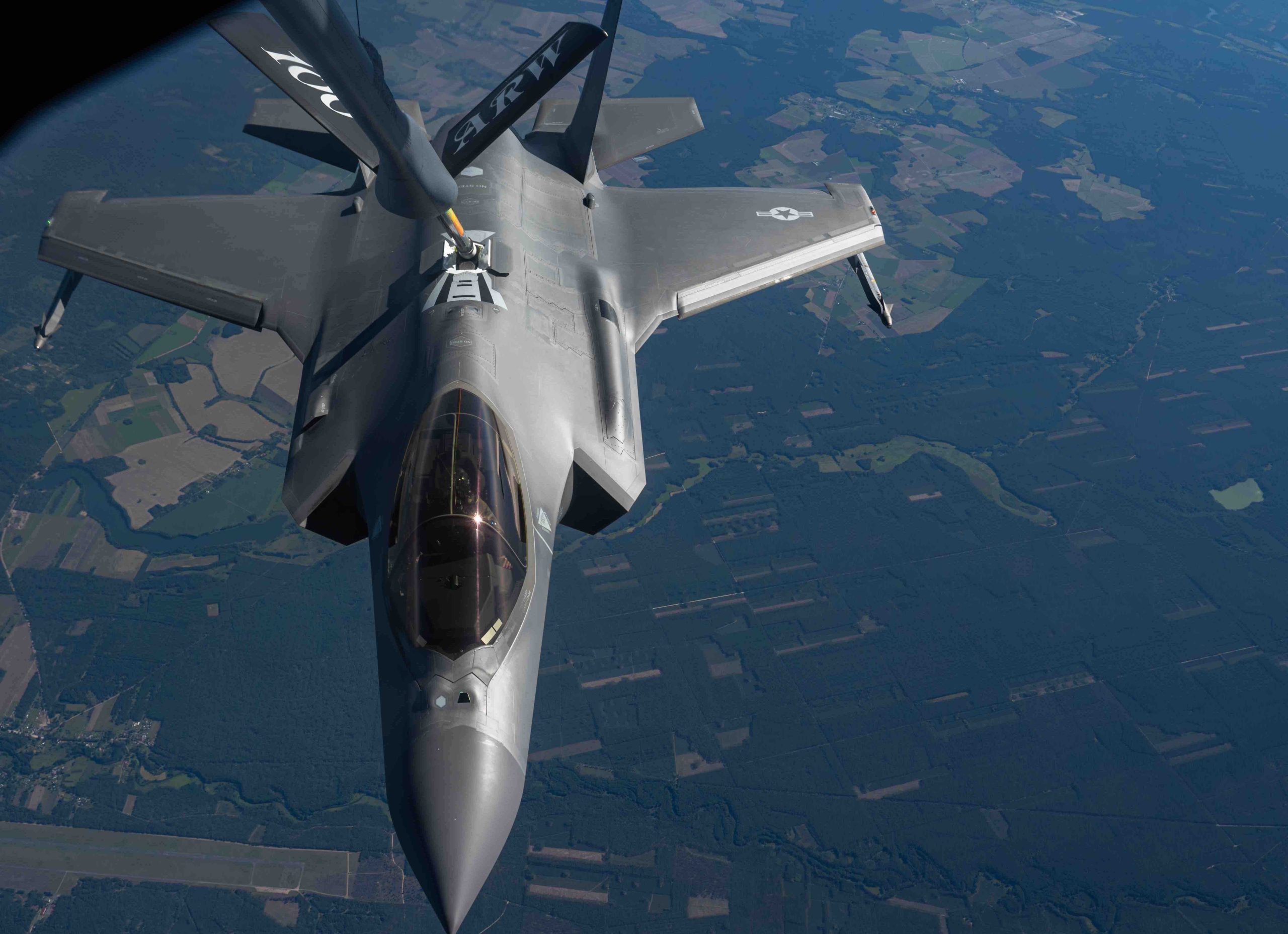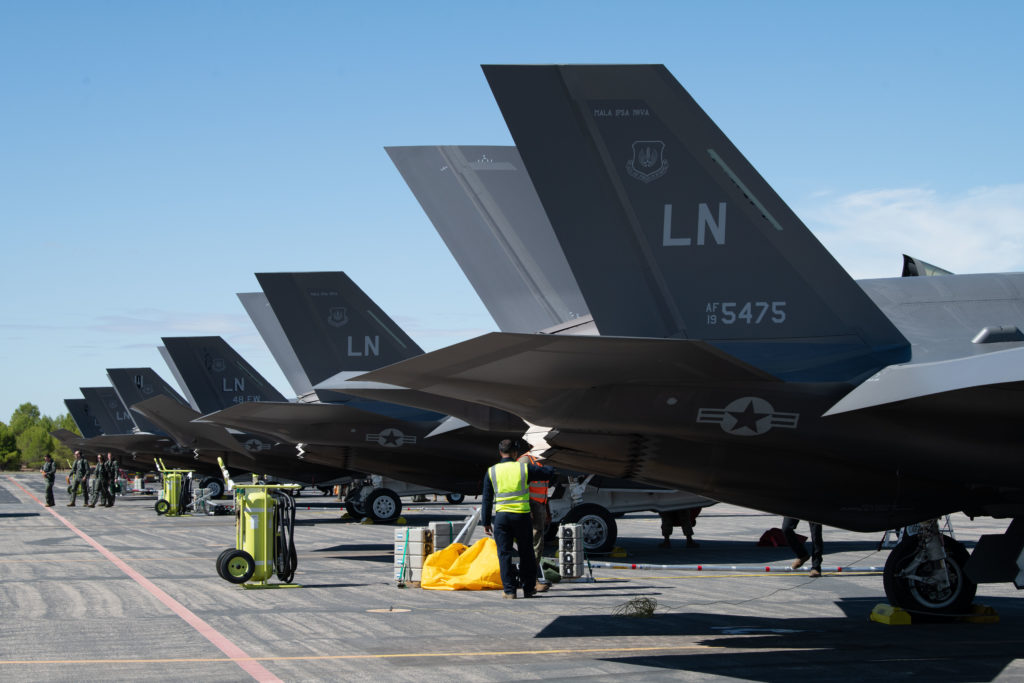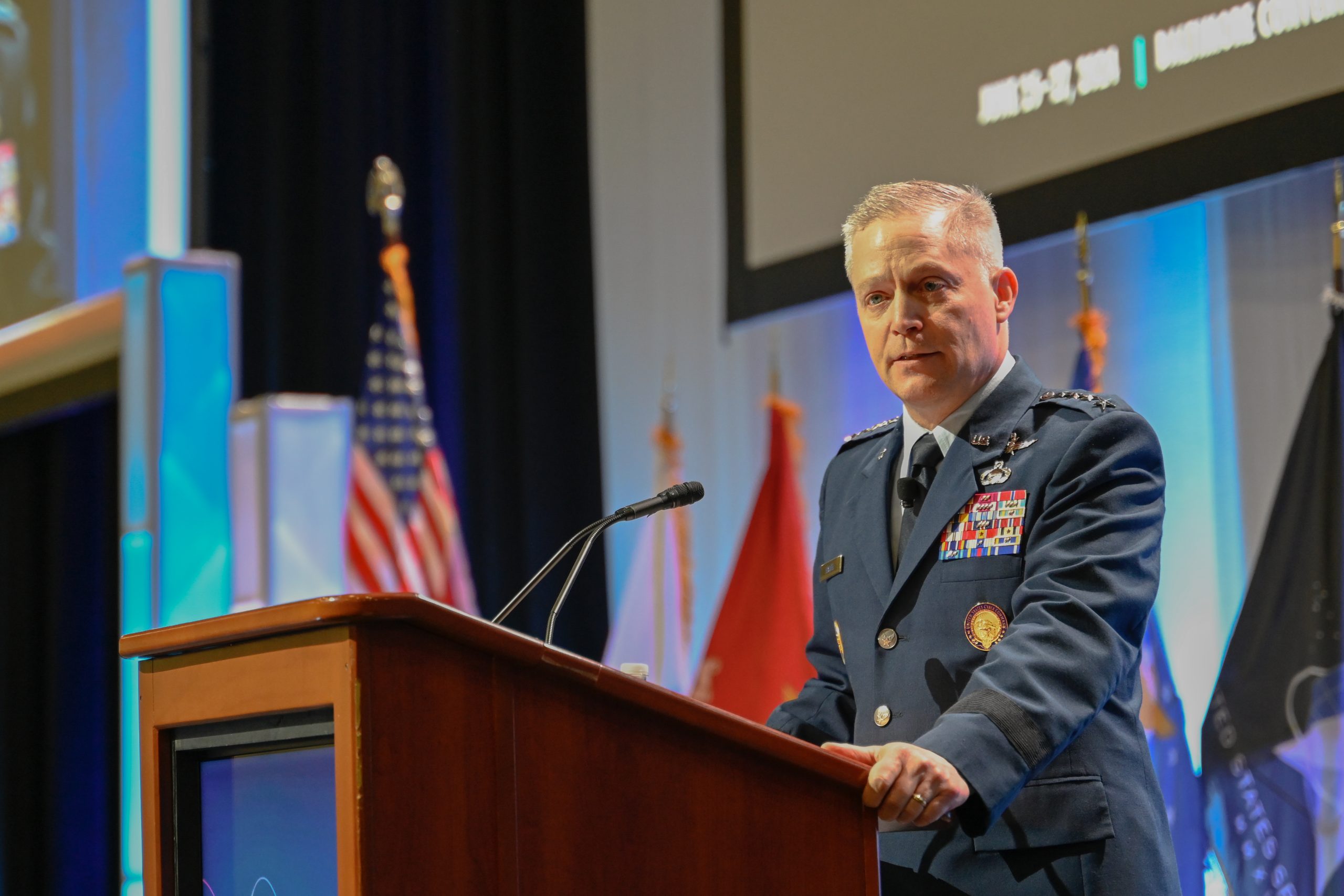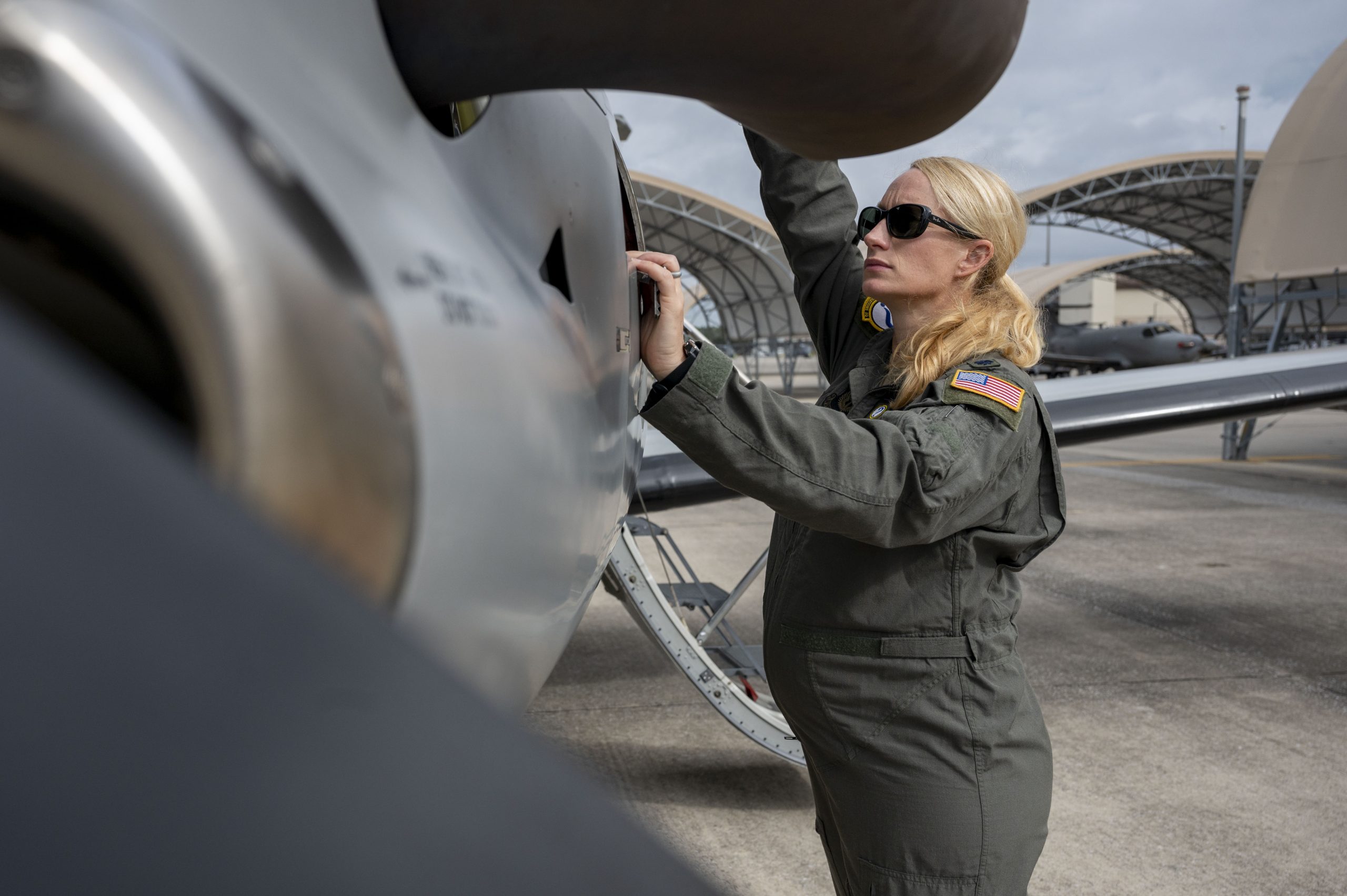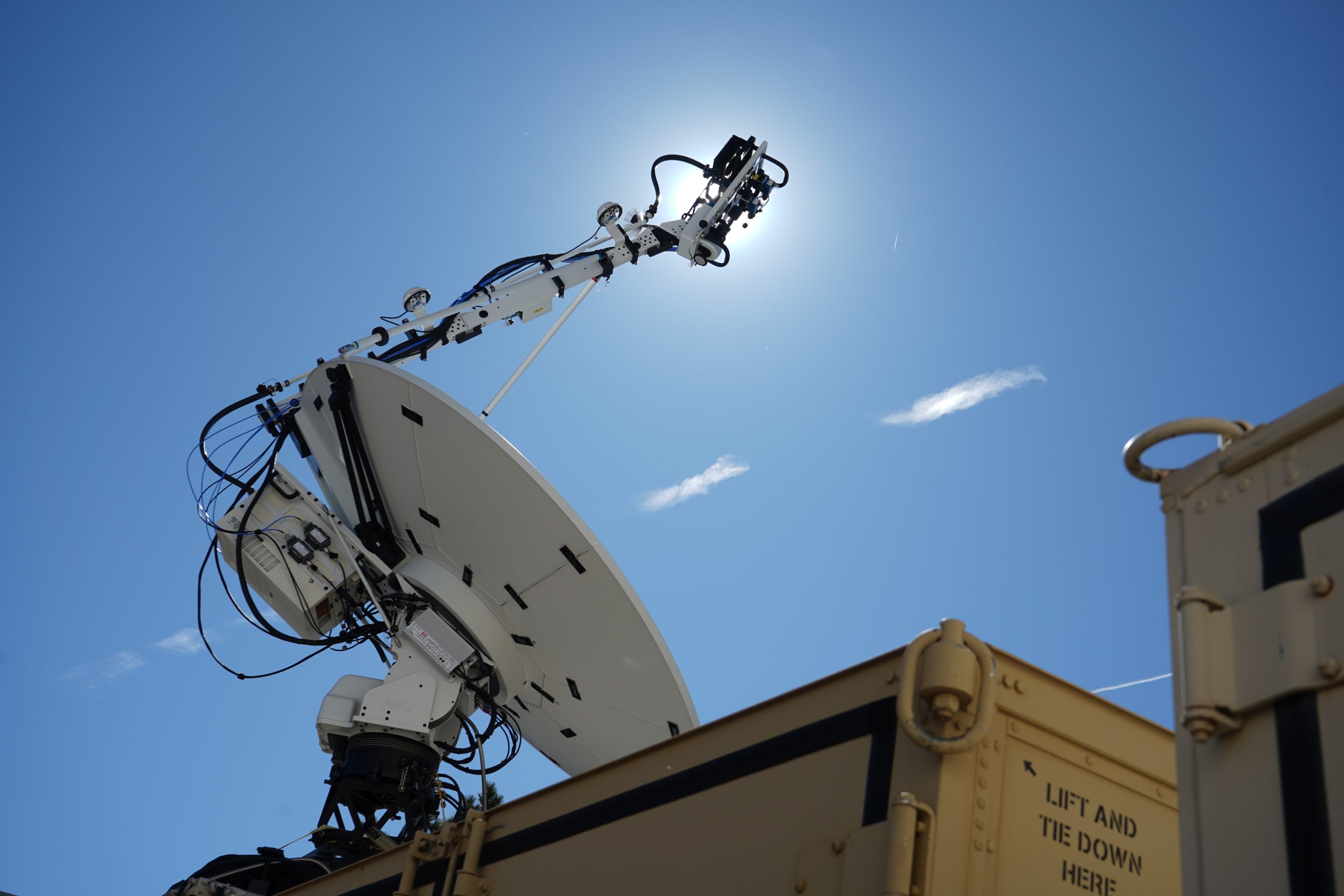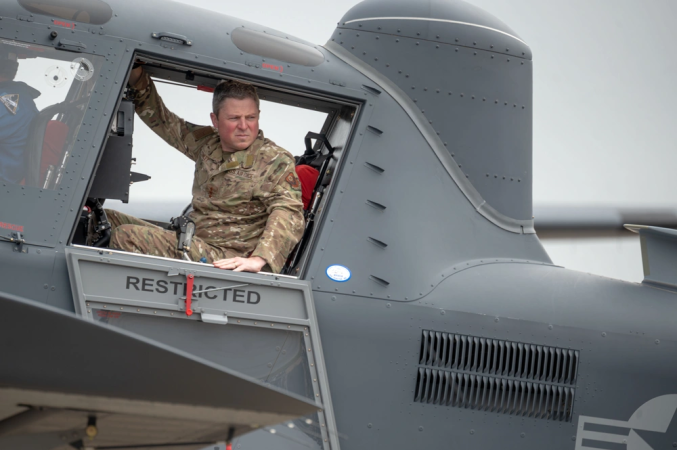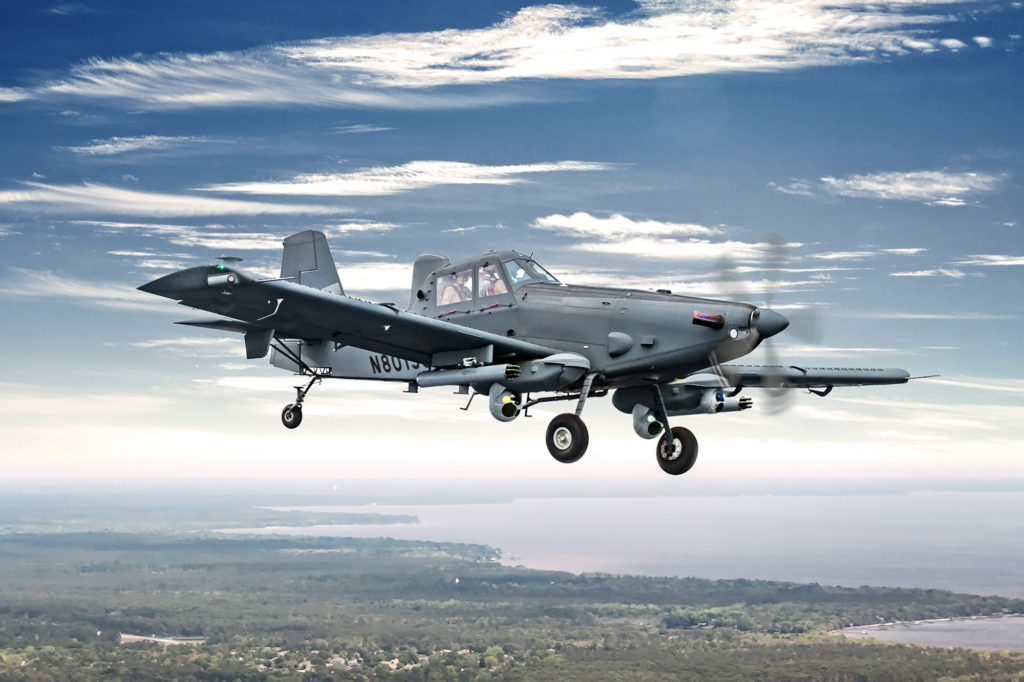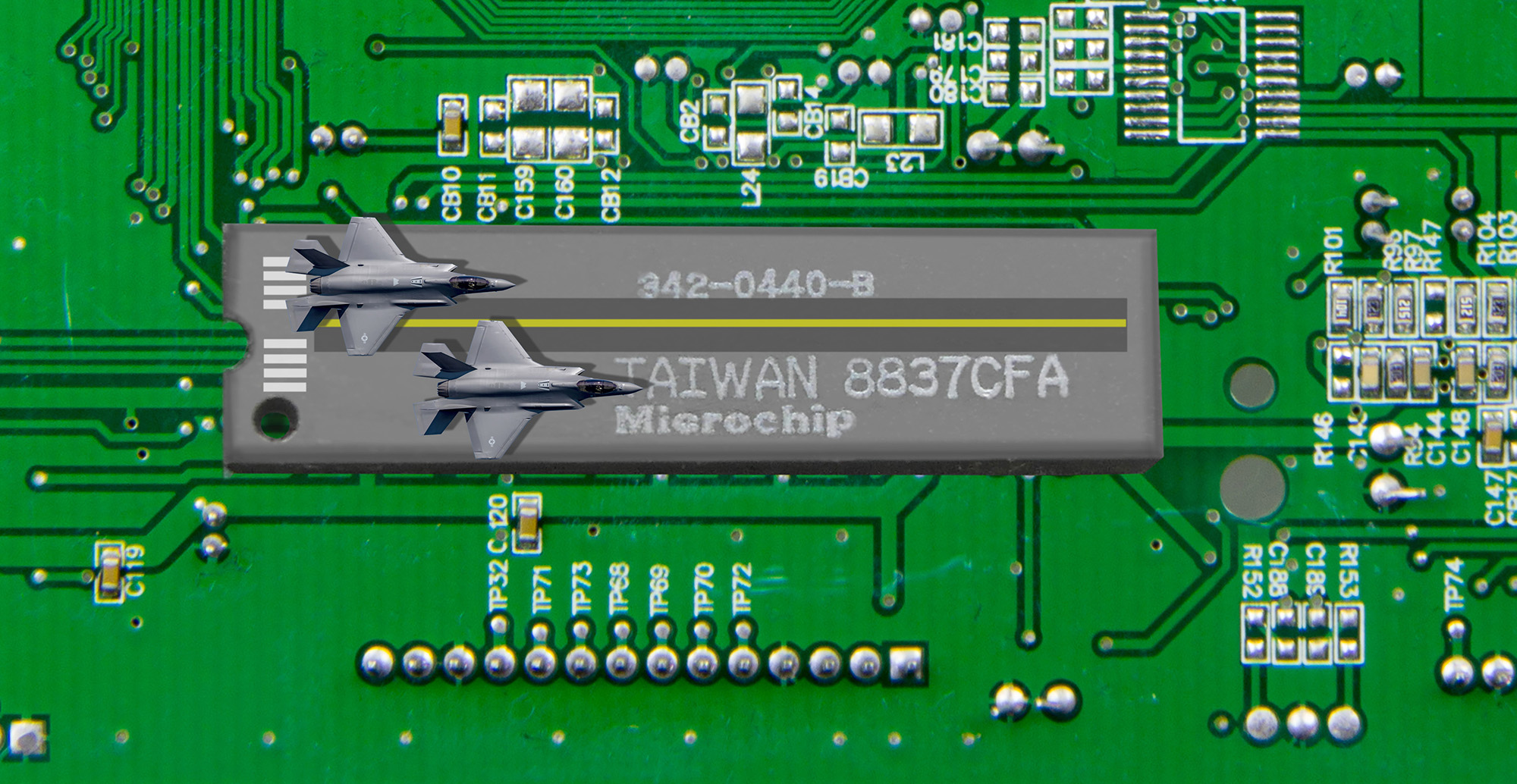The Air Force accepted its first new TPY-4 radar from Lockheed Martin and will start government-led testing of the system, the contractor announced April 7. It’s the latest in a series of milestones for the service’s ground-based command-and-control enterprise.
The TPY-4, sometimes called the Tippy 4, will replace the AN/TPS-75 radar in the Air Force’s Control and Reporting Centers—a collection of systems it uses for battle management from the ground.
The delivery of the first system comes more than a decade after the Air Force first started work on its Three-Dimensional Expeditionary Long-Range Radar program to replace the TPS-75—a contract award to Raytheon in 2014 sparked protests and added years to the project’s development.
More recently, the Air Force selected the Lockheed radar in March 2022. Thus far, the service has announced contracts for 9 radars, but in the long term, it wants to buy 35.
Government and industry officials say the new radar will provide major upgrades over the TPS-75, which has been in service since the 1970s. While the legacy radar is a passive electronically scanned array, the TPY-4 is an active electronically scanned array. It provides 360-degree coverage with the ability to discern smaller, more stealthy objects at distances of up to 300 nautical miles, even in areas with electromagnetic jamming.
Lockheed has also touted the new radar’s portability, a key feature given the Air Force’s plans to disperse teams of Airmen to operate from remote or austere bases as part of its Agile Combat Employment concept. In order for ACE to work, Air Force leaders say they will need theater-level battle management capabilities at the cutting edge, and Lockheed says TPY-4 can be transported by C-130, C-17, rail, truck, or even helicopter.
That will be significant, given that a full Control and Reporting Center unit—which a TPY-4 radar will be part of—currently includes roughly 350 personnel, 170 vehicles, 22 power generators, and can sometimes require up to six C-17s to move.
TPY-4 development has encountered some hiccups, however. The Pentagon inspector general released a report in 2023 finding that the Air Force had not properly used an acquisition pathway meant to rapidly test and field new systems. Then the office of the Director for Operational Test and Evaluation found in its 2024 annual report that delays obtaining Federal Aviation Administration approvals impacted testing, along with “system deficiencies” and production delays causing slips in schedule.
In addition to the TPY-4, the Air Force has moved to beef up its ground-based battle management by procuring Tactical Operations Center-Light kits—extremely mobile battle management systems that can pack up in a single C-130. The service already has more than a dozen TOC-L prototypes for its battle managers to experiment with.
TOC-L and TPY-4 will be all the more crucial as the Air Force faces a transition moment for its airborne battle management fleet—its E-3 AWACS fleet is shrinking, and the new E-7 Wedgetail jet is still several years away.
Col. James Combs, deputy commander of the 552nd Air Control Wing, told Air & Space Forces Magazine last summer that air- and ground-based battle management are meant to complement each other, each providing its own benefits. But he acknowledged that “we’re naturally just going to lean on whatever tools we can to get the mission done.”
